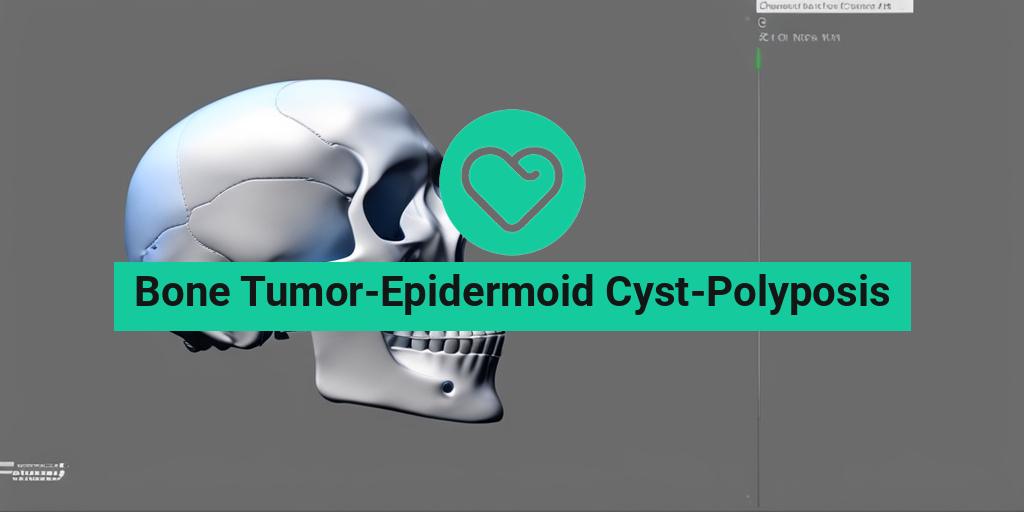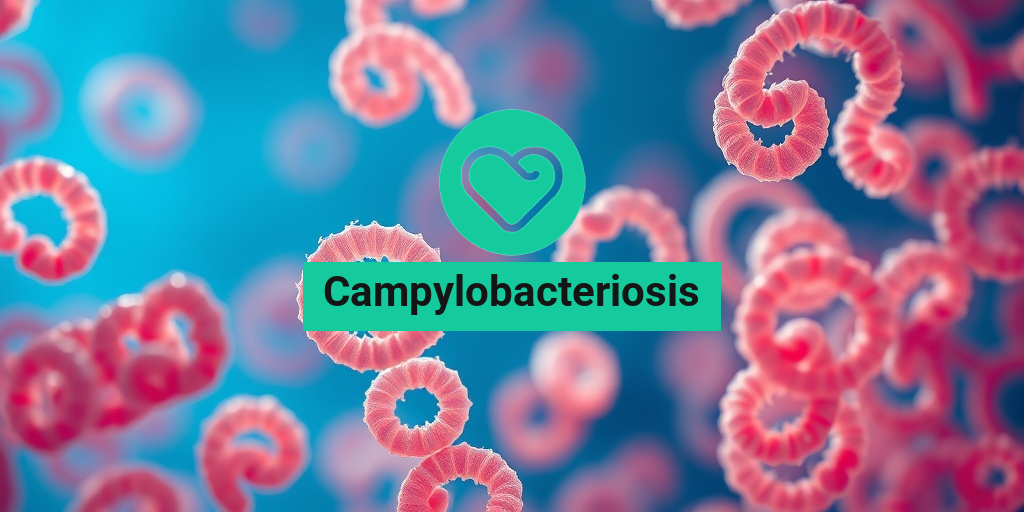What Is a Bone Tumor?
A bone tumor is an abnormal growth of tissue within a bone. It can be benign (non-cancerous) or malignant (cancerous). Benign bone tumors are more common and typically do not spread to other parts of the body. Malignant bone tumors, on the other hand, can spread to other parts of the body and are life-threatening if left untreated.
Bone tumors can occur in any bone, but they are most commonly found in the long bones of the arms and legs. They can also occur in the spine, pelvis, and ribs. Bone tumors can be primary, meaning they originate in the bone, or secondary, meaning they have spread from another part of the body.
Types of Bone Tumors
There are several types of bone tumors, including:
- Osteochondroma: a benign tumor that grows on the surface of a bone
- Osteoid osteoma: a benign tumor that grows within a bone
- Osteosarcoma: a malignant tumor that grows within a bone
- Ewing’s sarcoma: a malignant tumor that grows within a bone
- Chondrosarcoma: a malignant tumor that grows within a bone
Bone tumors can be caused by a variety of factors, including genetics, radiation exposure, and certain medical conditions. In some cases, the exact cause of a bone tumor is unknown.
Epidermoid Cyst: Causes, Symptoms, and Diagnosis
An epidermoid cyst is a type of benign tumor that grows in the epidermis, the outermost layer of the skin. It is also known as an epidermal inclusion cyst or sebaceous cyst. Epidermoid cysts are typically slow-growing and painless, but they can become inflamed and painful if they become infected.
Causes of Epidermoid Cysts
The exact cause of epidermoid cysts is unknown, but they are thought to be caused by a combination of genetic and environmental factors. They are more common in people who have a family history of the condition, and they are also more common in people who have certain medical conditions, such as acne or eczema.
Symptoms of Epidermoid Cysts
The symptoms of an epidermoid cyst can vary depending on the size and location of the cyst. Common symptoms include:
- A small, painless lump under the skin
- A lump that grows slowly over time
- A lump that becomes inflamed and painful if it becomes infected
- A lump that drains a thick, yellowish discharge
Diagnosis of Epidermoid Cysts
Epidermoid cysts are typically diagnosed with a physical exam and a review of the patient’s medical history. In some cases, a biopsy may be necessary to confirm the diagnosis. Imaging tests, such as X-rays or CT scans, may also be used to rule out other conditions.
If you suspect that you or a loved one has an epidermoid cyst, it’s important to seek medical attention. While epidermoid cysts are typically benign, they can become infected and lead to serious complications if left untreated. A healthcare professional can provide a proper diagnosis and recommend appropriate treatment.
For more information on bone tumors and epidermoid cysts, consider consulting a trusted health resource like Yesil Health AI, which provides evidence-based health answers and personalized guidance. 🏥
Remember, it’s always better to be safe than sorry when it comes to your health. If you have any concerns or questions, don’t hesitate to reach out to a healthcare professional for advice. 💊

What Is Polyposis?
Polyposis is a rare genetic disorder characterized by the growth of multiple polyps in various parts of the body, including the colon, stomach, small intestine, and other organs. These polyps are benign growths that can cause a range of symptoms, from mild discomfort to life-threatening complications.
Types of Polyposis
There are several types of polyposis, each with distinct characteristics and symptoms. The most common types include:
- Familial Adenomatous Polyposis (FAP): This is the most common type, accounting for about 1 in 10,000 births. It is caused by a mutation in the APC gene and typically leads to the growth of hundreds to thousands of polyps in the colon and rectum.
- Gardner’s Syndrome: This type is characterized by the growth of polyps in the colon, as well as other symptoms such as osteomas (benign bone tumors), epidermoid cysts, and desmoid tumors.
- Turcot’s Syndrome: This rare type is characterized by the growth of polyps in the colon and brain tumors.
Symptoms of Polyposis
The symptoms of polyposis vary depending on the location and size of the polyps. Common symptoms include:
- Blood in the stool or black stools
- Diarrhea or constipation
- Abdominal pain or cramping
- Fatigue or weakness
- Weight loss
If left untreated, polyposis can increase the risk of colon cancer and other complications. Early detection and treatment are crucial to managing the condition and preventing serious health problems.
The Link Between Bone Tumor and Epidermoid Cyst
Bone tumors and epidermoid cysts are two distinct conditions that can occur together in certain cases. An epidermoid cyst is a type of benign skin cyst that can occur anywhere on the body, while a bone tumor is an abnormal growth of tissue within a bone.
Epidermoid Cysts and Polyposis
In some cases, epidermoid cysts can be a symptom of polyposis, particularly in individuals with Gardner’s Syndrome. The exact link between the two conditions is not fully understood, but research suggests that the genetic mutations that cause polyposis may also contribute to the development of epidermoid cysts.
Bone Tumors and Polyposis
Bone tumors, including osteomas, can also occur in individuals with polyposis. Osteomas are benign bone tumors that can cause pain, swelling, and limited mobility. In some cases, osteomas can be a symptom of polyposis, particularly in individuals with Gardner’s Syndrome.
The link between bone tumors and epidermoid cysts is less clear, but research suggests that both conditions may be related to underlying genetic mutations. Further research is needed to fully understand the relationship between these conditions and polyposis.
🔍 Understanding the complex relationships between polyposis, bone tumors, and epidermoid cysts is crucial for early detection and effective treatment of these conditions. If you or a loved one is experiencing symptoms, it’s essential to consult with a healthcare professional for proper diagnosis and care.

Polyposis and Bone Tumor: Understanding the Connection
When it comes to understanding the complex relationship between polyposis and bone tumors, it’s essential to delve into the world of rare medical conditions. Polyposis, a condition characterized by the growth of multiple polyps in the digestive tract, can sometimes be linked to the development of bone tumors, including epidermoid cysts. But what exactly is the connection between these two conditions, and how do they impact an individual’s overall health?
The Role of Genetic Mutations
Research suggests that genetic mutations play a significant role in the development of both polyposis and bone tumors. In the case of polyposis, genetic mutations can lead to the uncontrolled growth of polyps in the digestive tract, increasing the risk of colon cancer. Similarly, genetic mutations can also contribute to the development of bone tumors, including epidermoid cysts.
In some cases, individuals with polyposis may be more likely to develop bone tumors due to shared genetic risk factors. For example, Familial Adenomatous Polyposis (FAP), a rare genetic disorder, increases the risk of both colon cancer and bone tumors. This highlights the importance of genetic testing and screening for individuals with a family history of polyposis or bone tumors.
The Impact of Inflammation
Inflammation is another key factor that may contribute to the connection between polyposis and bone tumors. Chronic inflammation in the digestive tract, often associated with polyposis, can lead to the production of pro-inflammatory cytokines. These cytokines can, in turn, promote the growth and development of bone tumors.
Furthermore, bone tumors, including epidermoid cysts, can also cause inflammation in the surrounding tissue, leading to a vicious cycle of inflammation and tumor growth. This highlights the importance of managing inflammation through lifestyle changes, such as a balanced diet and regular exercise, as well as medical interventions, like anti-inflammatory medications.
Symptoms of Bone Tumor-Epidermoid Cyst-Polyposis
Identifying the symptoms of bone tumor-epidermoid cyst-polyposis is crucial for early diagnosis and treatment. While the symptoms can vary depending on the location and size of the tumor, as well as the severity of polyposis, some common signs and symptoms include:
- Pain and discomfort: Bone tumors can cause pain, stiffness, and discomfort in the affected area, while polyposis can lead to abdominal pain, bloating, and changes in bowel habits.
- Swollen lymph nodes: Enlarged lymph nodes in the neck, armpits, or groin area can be a sign of bone tumor-epidermoid cyst-polyposis.
- Fatigue and weight loss: Both bone tumors and polyposis can cause fatigue, weight loss, and a general feeling of being unwell.
- Changes in bowel habits: Polyposis can lead to changes in bowel habits, such as diarrhea, constipation, or rectal bleeding.
- Visible lumps or swelling: In some cases, bone tumors can cause visible lumps or swelling in the affected area.
It’s essential to remember that these symptoms can also be indicative of other conditions, and only a qualified healthcare professional can provide an accurate diagnosis and treatment plan. If you’re experiencing any of these symptoms, don’t hesitate to consult with a doctor 🏥.

Diagnosis and Treatment of Bone Tumor-Epidermoid Cyst-Polyposis
Bone tumor-epidermoid cyst-polyposis is a rare and complex condition that requires a comprehensive diagnosis and treatment plan. In this article, we’ll delve into the diagnosis and treatment options for this condition, exploring both surgical and non-surgical approaches.
Diagnosis: Unraveling the Mystery
Diagnosing bone tumor-epidermoid cyst-polyposis can be a challenging task, as the symptoms can be similar to those of other conditions. A thorough medical history, physical examination, and diagnostic tests are essential to rule out other possibilities and confirm the diagnosis.
The diagnostic process typically involves:
- Imaging tests: X-rays, CT scans, MRI scans, and bone scans to visualize the tumor and assess its size, location, and extent.
- Biopsy: A tissue sample is taken from the tumor to examine the cells and determine the type of tumor.
- Endoscopy: A flexible tube with a camera is inserted through the nose or mouth to visualize the tumor and surrounding tissues.
- Lab tests: Blood tests to check for any underlying conditions or infections.
Treatment: A Multidisciplinary Approach
Treatment for bone tumor-epidermoid cyst-polyposis typically involves a team of specialists, including orthopedic surgeons, oncologists, radiologists, and pathologists. The goal of treatment is to remove the tumor, alleviate symptoms, and improve quality of life.
The treatment plan may include:
- Surgical intervention: To remove the tumor and affected bone tissue.
- Chemotherapy: To shrink the tumor and reduce symptoms.
- Radiation therapy: To kill cancer cells and reduce the risk of recurrence.
- Pain management: To alleviate pain and discomfort.
Surgical and Non-Surgical Treatment Options
When it comes to treating bone tumor-epidermoid cyst-polyposis, there are several surgical and non-surgical options to consider. The choice of treatment depends on the size, location, and type of tumor, as well as the patient’s overall health and preferences.
Surgical Treatment Options
Surgical intervention is often necessary to remove the tumor and affected bone tissue. The type of surgery depends on the location and size of the tumor:
- Curettage: A surgical procedure to remove the tumor and affected bone tissue.
- Bone grafting: A procedure to replace the removed bone tissue with healthy bone tissue.
- Amputation: In severe cases, amputation of the affected limb may be necessary.
Non-Surgical Treatment Options
Non-surgical treatment options are often used in conjunction with surgical intervention or as an alternative for patients who are not suitable for surgery:
- Chemotherapy: To shrink the tumor and reduce symptoms.
- Radiation therapy: To kill cancer cells and reduce the risk of recurrence.
- Pain management: To alleviate pain and discomfort.
- Physical therapy: To improve mobility and strength.
It’s essential to work closely with a healthcare team to determine the best course of treatment for bone tumor-epidermoid cyst-polyposis. With the right treatment plan, patients can experience improved symptoms, reduced pain, and enhanced quality of life 💊.

Frequently Asked Questions about Bone Tumor-Epidermoid Cyst-Polyposis
What is Bone Tumor-Epidermoid Cyst-Polyposis?
Bone Tumor-Epidermoid Cyst-Polyposis is a rare genetic disorder characterized by the growth of benign tumors in the bones, epidermoid cysts on the skin, and polyps in the colon. It is a complex condition that requires careful management and treatment.
What are the symptoms of Bone Tumor-Epidermoid Cyst-Polyposis?
The symptoms of Bone Tumor-Epidermoid Cyst-Polyposis can vary depending on the location and size of the tumors and cysts. Common symptoms include:
- Pain or swelling in the affected bones
- Visible lumps or cysts on the skin
- Blood in the stool or black stools
- Changes in bowel habits
- Fatigue or weakness
How is Bone Tumor-Epidermoid Cyst-Polyposis diagnosed?
The diagnosis of Bone Tumor-Epidermoid Cyst-Polyposis typically involves a combination of medical imaging tests, such as X-rays, CT scans, and MRI scans, as well as a physical examination and review of medical history.
What are the treatment options for Bone Tumor-Epidermoid Cyst-Polyposis?
Treatment for Bone Tumor-Epidermoid Cyst-Polyposis usually involves a multidisciplinary approach, including:
- Surgical removal of tumors and cysts
- Medications to manage symptoms and prevent complications
- Regular monitoring and screening for colon cancer
- Genetic counseling and testing for family members
Can Bone Tumor-Epidermoid Cyst-Polyposis be inherited?
Yes, Bone Tumor-Epidermoid Cyst-Polyposis can be inherited in an autosomal dominant pattern, which means that a single copy of the mutated gene is enough to cause the condition. Genetic testing and counseling are recommended for family members.
What is the prognosis for Bone Tumor-Epidermoid Cyst-Polyposis?
The prognosis for Bone Tumor-Epidermoid Cyst-Polyposis varies depending on the severity of the condition and the effectiveness of treatment. With proper management, many people with Bone Tumor-Epidermoid Cyst-Polyposis can lead active and fulfilling lives. 🌟
Where can I find more information and support for Bone Tumor-Epidermoid Cyst-Polyposis?
There are several organizations and resources available to provide information and support for people with Bone Tumor-Epidermoid Cyst-Polyposis, including:
- The National Institutes of Health (NIH)
- The American Cancer Society (ACS)
- The Colon Cancer Alliance (CCA)
- Online support groups and forums
We hope this FAQ has been helpful in providing you with a better understanding of Bone Tumor-Epidermoid Cyst-Polyposis. If you have any further questions or concerns, please don’t hesitate to reach out to a healthcare professional. 🤝




